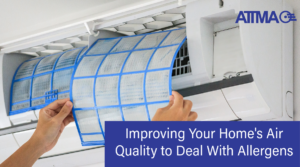Company: Efficiency Matrix
Location: Australia
Website: www.efficiencymatrix.com
The mainstream thinking in Australia, has a misconception of the underlying reasons why mould occurs, inside the building envelope. The fact is, extremely leaky buildings contribute to mould, as do extremely tight buildings. The chances of a building being too leaky are unfortunately pretty good. In this article we will show you how air tightness fixes air quality, even mould problems.
Buildings in southern parts of Australia can have huge temperature swings of 10˚C – 25˚C.
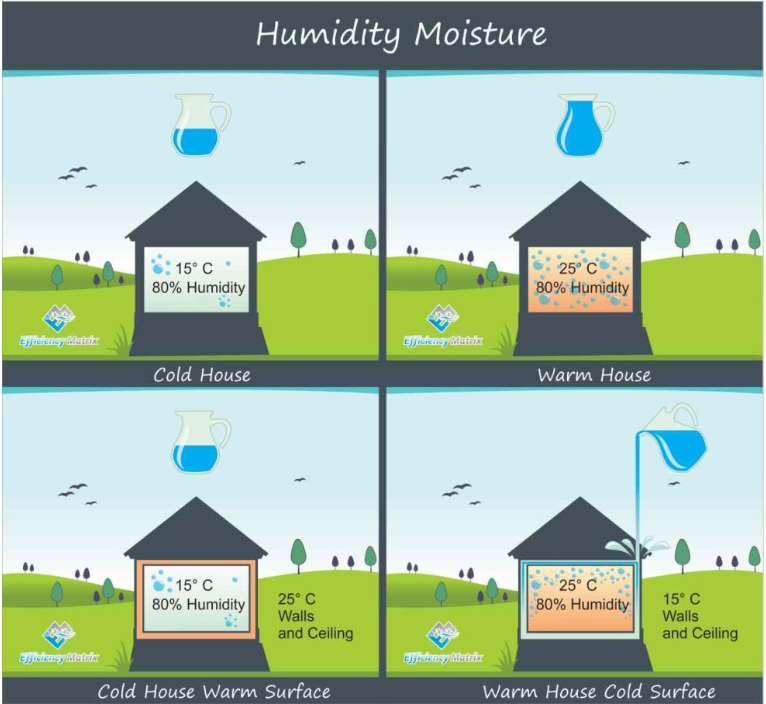
Research and monitoring performance.
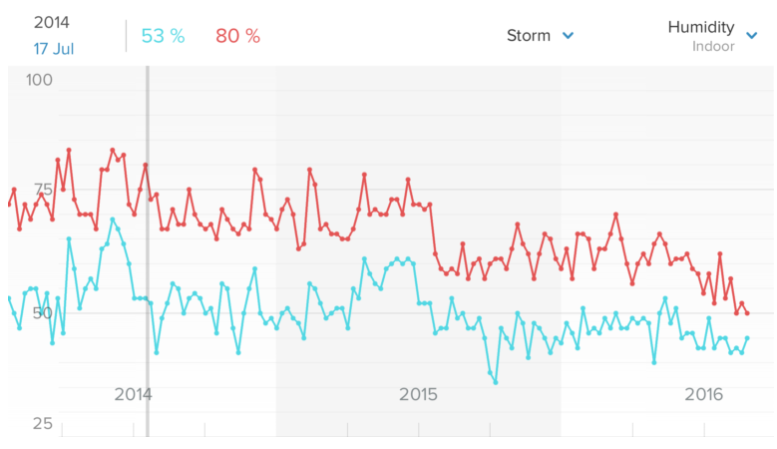
In the past, research was conducted using blower door testing of Australian buildings, to understand the leakiness of our building stock. It has been proven that they can be extremely leaky, and yet there are many companies out there who’s the whole purpose is to clean up mould that occurs in buildings.
Controlling humidity is really important to reduce the chances of condensation/mould occurring, and a side effect of tackling this problem improves comfort.
Indoor air quality and health
Humidity can contribute to mould and dust mite colonisation when it’s consistently above 60%, this can trigger asthma or other health conditions.
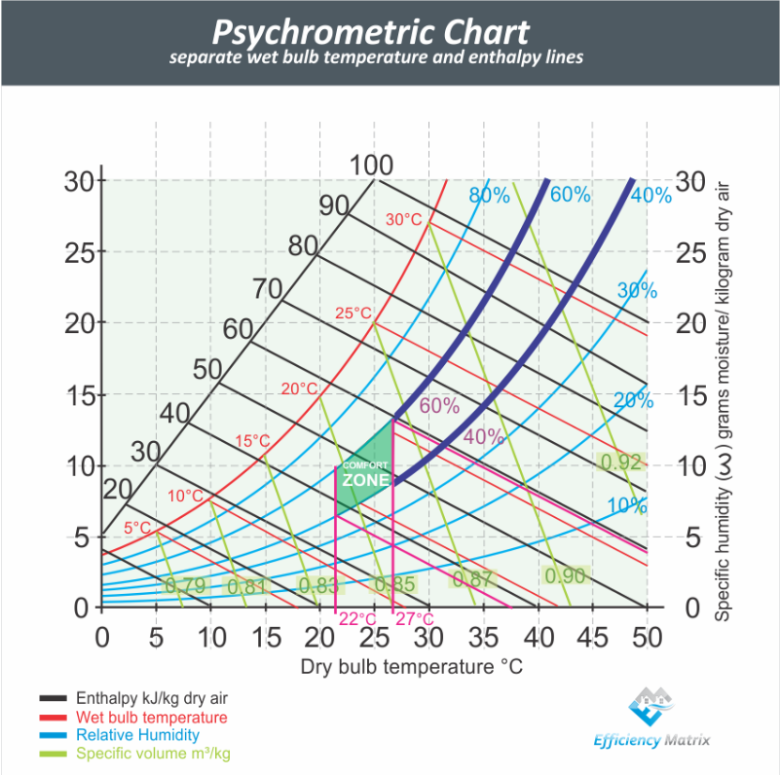
Some of the mould species that contribute to asthma and other health conditions mostly thrive in 70% humidity, which can occur in most homes when temperature swings occur often, especially in wet areas like bathrooms.
Low Levels of humidity greatly effect comfort, but can also contribute to the spread of viruses like the flu or the common cold, as well as eczema aggravation. In Australia, higher humidity levels are more common, especially on the east cost of the country.
Controlling humidity by knowing what’s going on in your environment.
- Reducing temperature swings,
- Reduces humidity level spikes,
- which then also reduces the chances of cold surfaces inside the building envelope, being reduced so much in temperature that dew point may be achieved allowing moisture to then condense onto cold surfaces inside a building.
Insulate surfaces
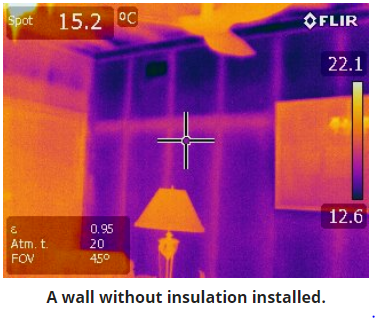
Un-insulated or conductive surfaces like aluminium window frame surfaces will still be at high risk of condensation, and mould issues. The more that can be done to insulate conductive surfaces from transferring cold temperatures from outside to inside, the less chance condensation may occur. Insulation consistency is of paramount importance especially in bathrooms where humidity can get extremely high, and condensation can easily occur.
The warmer the surfaces are inside the building envelope, and the fewer air leaks, the more constant the temperature, and the more constant relative humidity. This is beneficial in warm and cold climates.
Heating and Cooling with split systems
Refrigerated air conditioners can reduce absolute humidity when they are in cooling mode. Reverse cycle units, when in heating mode, reduce relative humidity because heated air can store more moisture. It’s basically being moved further away from dew point (condensation point).
Air tightness and controlled ventilation
In order to benefit from air tightness, it is important to understand that eventually (depending on how airtight a building can get, which also depends on the effort put in), a building too air tight may then need to introduce energy recovery ventilation (ERV) or Heat recovery ventilation (HRV) depending on the type of climate a building is located in.
By a blower door testing a building, it can be quickly understood whether a building is airtight enough to move towards forced ventilation with energy recovery. In an ideal world, no uncontrolled air exchange should be leaving a building.
The more controlled ventilation is occurring:
- means the more constant the temperature, and
- the more value/energy is recovered from air leaving and entering the building through a HRV system.
State of mind
In order to maintain and control indoor air quality, there are 3 states of mind one should be in.
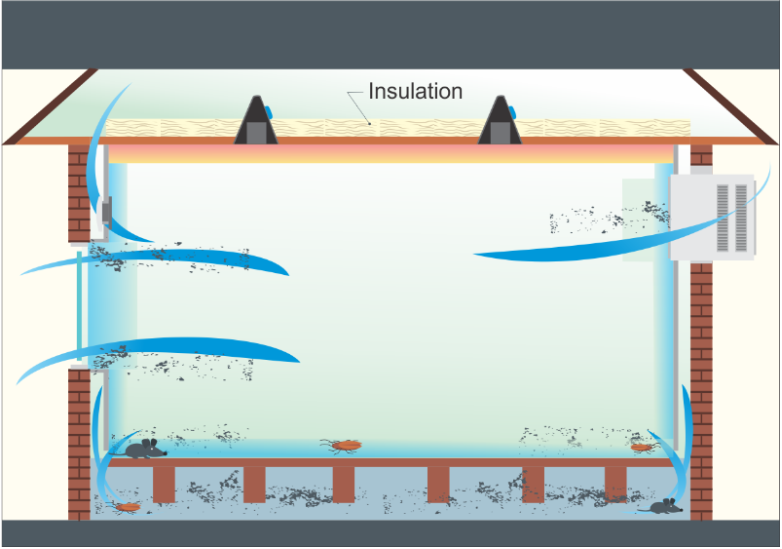
State of mind 1
No Air Tightness works done on the home
Monitor indoor air quality with an environment monitor, that alarms, with high CO2, humidity/temperature level extremes.
Actions: Prompt to open windows or put on heating or cooling devices to manage air quality.
Result: Learn and understand your indoor environment, but you could end up using more energy.
State of mind 2
Air Tightness works have been undertaken
Monitor indoor air quality with an environment monitor, that alarms, with high CO2, humidity/temperature level extremes.
Actions: Air quality sensor can prompt to open windows or put on heating or cooling devices to manage air quality.
Results: Improved energy efficiency and Air quality.
Vermin proofing the home reduced dust inside.
State of mind 3
Air Tightness works to the extreme
Blower door test the building, and get the air tightness below 10 Air changes per hour at 50Pa of pressure.
Actions: Install Heat recovery or energy recovery ventilation, which also has dust and pollen filters.
Results: Much better energy efficiency, vermin proofing the home, significantly reduced dust and particulate indoor, reduced pollen count in summer.
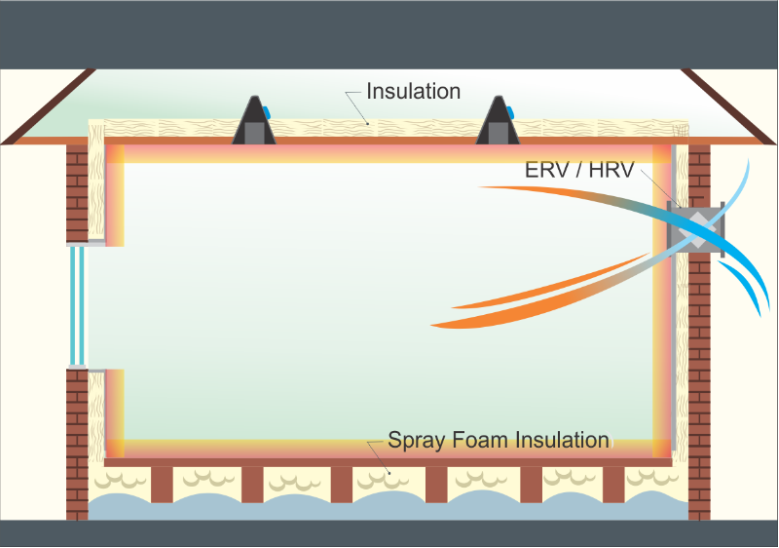
Retrofitting air tightness and insulation
There are many products and services available in the Australian marketplace to improve air tightness and insulation consistency:
- Wall Air tightness and insulation can be retrofitted with insulation and caulk can be used on skirting boards, and around window architraves.
- Floor insulation can be sealed and insulated with Spray Foam, or insulated with batts and sealed with a new coat of varnish.
- Ceiling fans can be draught proofed with draught stoppers, or replaced with fans that include draught stoppers.
- Ducted heating system outlets and returns can be sealed with caulk behind the removable grill. A return outlet in an internal wall cavity can improve air tightness and energy efficiency, due to high pressures in ducted heat systems.
- Wall ventilation installed pre-1980’s used in conjunction with gas heating systems or open fireplaces can be closed up. Seek professional advice before doing this, especially if you still use an old wall mounted gas heating system or fireplace.
Finally…
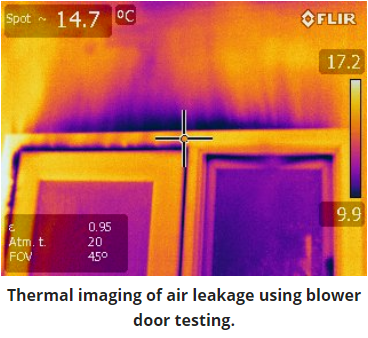
If you are serious about energy efficiency and indoor air quality for health, do the following:
- It’s a great idea to monitor the air quality within a building using an air quality monitoring device. If it is not known a problem exists, steps can’t be taken to fix it.
- Organise a contractor to conduct a blower door test, once you have made the building as airtight as possible. It’s important to know where the building is at.
- Get a home to below 10ACH@50Pa and then consider heat recovery ventilation. That way, you don’t need to open up windows to keep CO2 levels low.
Having indoor air quality is all about reducing uncontrolled ventilation, implementing controlled ventilation combined with insulation consistency.

